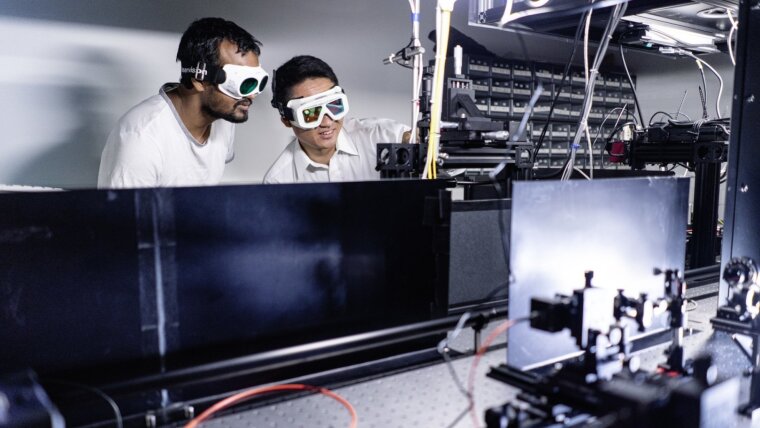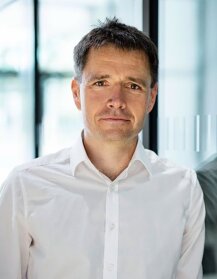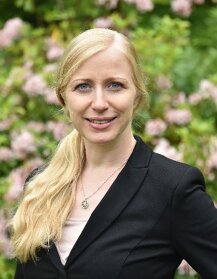
The central aim of this project was and will be the investigation and control of the spatio-temporal field evolution, the dynamics, and their interactions in complex hybridized, active semiconductor nanowires with photonic and/or plasmonic nanostructures. In the previous funding period, semiconductor nanowires were coupled with plasmonic films and gratings separated by a very thin (< 10 nm) dielectric spacer layer, for which we could successfully study the fields and lasing properties of such low-dimensional spaser systems on the nanoscale. The previously studied plasmonic nanostructures led to a significant speed-up of the lasing dynamics by confining the laser's mode volume to subwavelength scales. However, the lossy nature of the plasmonic modes limited their coherence and consequently allowed only quite simple control of the temporal dynamics, like speed-up of the lasing onset, while more complex spatio-temporal patterns, requiring multiple temporal scales, where inhibited. Based on the so far developed understanding and technologies, in the next funding period we aim to extend our control of the spatio-temporal and spatio-spectral lasing dynamics to generate also more complex patterns involving multiple temporal scales. This should be achieved by coupling the nanowires to resonant and active nanosystems. In continuing our previous work, these nanosystems will include sophisticated plasmonic structures, such as resonators, providing additional feedback and subwavelength mode confinement to active semiconductor nanowires. We will follow additionally three entirely new approaches to obtain extended control of the spatio-temporal-spectral lasing dynamics.
- To expand the temporal coherence, we will investigate coupling to low-loss dielectric nanostructures with strong index contrast, such as Si/SiO2, LiNbO3/SiO2, and TiO2/SiO2. Such structures support highly resonant modes with strong nanoscale field confined in the high-index material while avoiding the losses of plasmonic excitations. By significantly lowering the optical losses, we will not only lower the laser threshold, but due to the increased coherence we will provide additional opportunities for complex multi-scale temporal patterning.
- Extended spatial complexity of the lasing modes will be obtained by shaping their fields based on coupling to electric and magnetic multipolar resonances in the high-index dielectric nanostructures.
- To enable the control of these newly incorporated temporal and spatial degrees of freedom for tailoring the spatio-temporal nonlinear dynamics we will incorporate additional active components besides the previously studied bare semiconductor nanowires. To this end, we will perform ion beam modification of the dielectric nanocomponents, but also the active nanowires themselves. On one hand, we will dope the dielectric spacer layer or dielectric nanoresonators with colour centres, such as rare earth or transition metal ions, in order to turn these passive components into active ones, with an emission wavelength of choice by the implanted colour centres. On the other hand, we will use ion beams to create spatially separated non-radiative defect areas in the active nanowires, in order to make these areas absorbent with a tailorable saturation threshold, e.g. for the realization of a self-pulsing lasing systems on the nanoscale.
Achieving these ambitious goals will only be possible by combining the unique expertise and contributions of PI Ronning on semiconductor nanowires and ion implantation with the expertise and methods of PI Pertsch on the experimental and theoretical investigation of nonlinear dynamics on the nanoscale. Moreover, the novel and very promising concept of hybridizing semiconductor nanowires with dielectric nanoresonators relies on integrating also the unique expertise and capabilities of PI Staude.

Albert-Einstein-Straße 6
07745 Jena Google Maps site planExternal link
